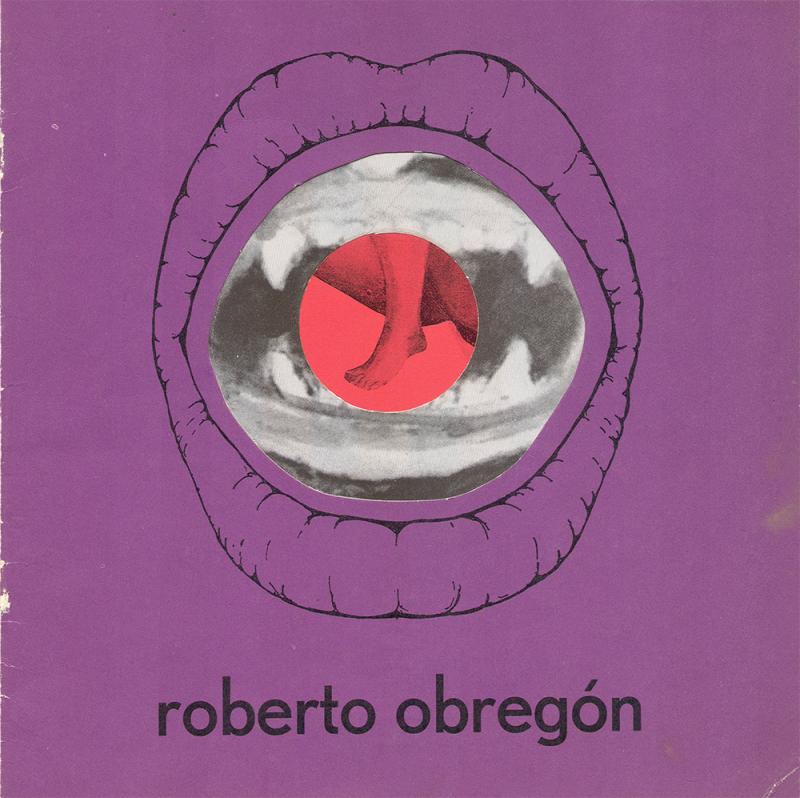Venezuelan journalist, critic, and curator Lourdes Blanco (b. 1941) wrote separate essays for each of the five artists featured in the exhibition Cincoincidentes held at the Museo de Barquisimeto in the state of Lara, Venezuela in 1984. (For the essays on the other artists, see Miguel von Dangel (ICAA digital archive doc. no. 1097326), Eugenio Espinoza (doc. no. 1097342), Felipe Márquez (doc. no. 1097374), and Alfred Wenemoser (doc. no. 1097390). The show was organized by designers Álvaro Sotillo and Ibrahim Nebreda.
This essay addresses Obregón’s creative process over the course of twenty years (1964–84); it is extremely valuable to Venezuelan art historiography since detailed and in-depth studies of the various stages of a contemporary artist’s production are scarce. Thanks to her mastery of journalistic writing and her training in history, Blanco is able to provide a deep analysis of these works while also offering historical, psychological, and biographical information pertinent to Obregón and to his production.
Rich in theoretical formulations, this text articulates precise definitions of different moments in Venezuelan art. New Figuration, for instance, is defined as a tendency with “imprecise borders” that encompasses works by a “diverse group of painters born between 1919 and 1946.” The essay also ventures definitions of concepts like irony.
The value of this essay is twofold: it is a fundamental text on Obregón and an efficacious curatorial essay. Insofar as it revolves around an analysis of the works in the show, the final section of the essay is overtly addressed to the reader-viewer. Blanco orients viewers on the formal and iconographic components of the works in 25 Collages and formulates possible readings of them. She asserts that, with these works, Obregón has not merely recycled paper but also “gone back in time to salvage a brief history of representation and of reproduction, the recurring interplay of surface and illusion.” She backs up her thesis with examples of materials, formats, symbols, and allusions found in the collages.
This text is reproduced in the Guía Catálogo/Guía de Estudio Nº 136. Exposición CCS-10. Arte venezolano actual (Caracas: Fundación Galería de Arte Nacional, 1993).
For further information on Obregón’s production as a whole, see the untitled text [Creo plenamente en la figuración…] by the artist himself featured in the catalogue Roberto Obregón: 20 pinturas (ICAA digital archive doc. no. 1063124). See as well interviews by Margarita D'Amico (“La flores de Roberto Obregón,” doc. no. 1051362) and by Aurora Blyde (“Para hacerle ofrendas a la muerte,” doc. no. doc. no. 1097592); and Susana Benko’s essay “¿Quién sabiendo cantar no ha cantado la Rosa?” (doc. no. 1080932)].








